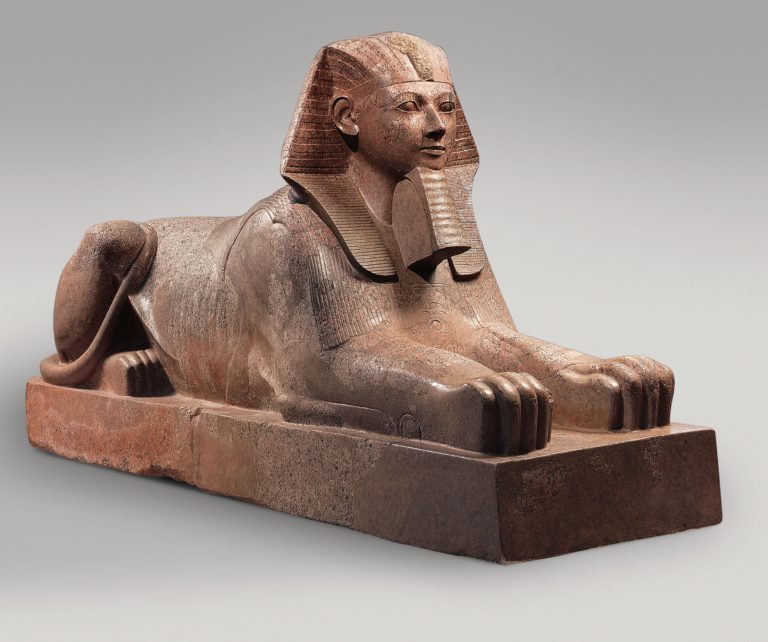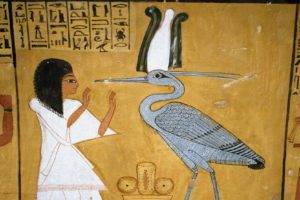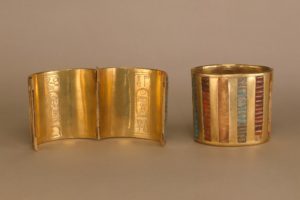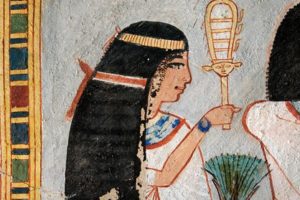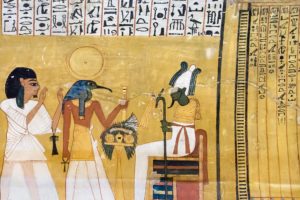Sphinx of Hatshepsut
This gigantic sphinx depicts Hatshepsut as a female pharaoh with a lion’s body and a human head wearing a nemes–headcloth and artificial beard. The sculptor has paid close attention to the lion’s muscular muscles in comparison to the pharaoh’s attractive, idealised face. It was one of at least six granite sphinxes in Hatshepsut’s Deir el-Bahri funeral temple.
The sphinx has a long history in Egyptian art, with the most renowned example being the Great Sphinx of Giza, which depicts King Khafre of the Fourth Dynasty, who lived about a thousand years before Hatshepsut. Other pharaohs’ sphinxes can be found throughout the Egyptian galleries.
Hatshepsut ruled Egypt with her nephew/stepson Thutmose III, first as regent and subsequently as senior co-ruler.
Object Details
Egypt, Upper Egypt, Thebes, Deir el-Bahri, Senenmut Quarry, MMA excavations, 1926–28
Granite, paint
H: 164 cm (64 9/16 in.); L: 343 cm (135 1/16 in.); Wt: 6758.6 kg (14900 lb.)
Share
